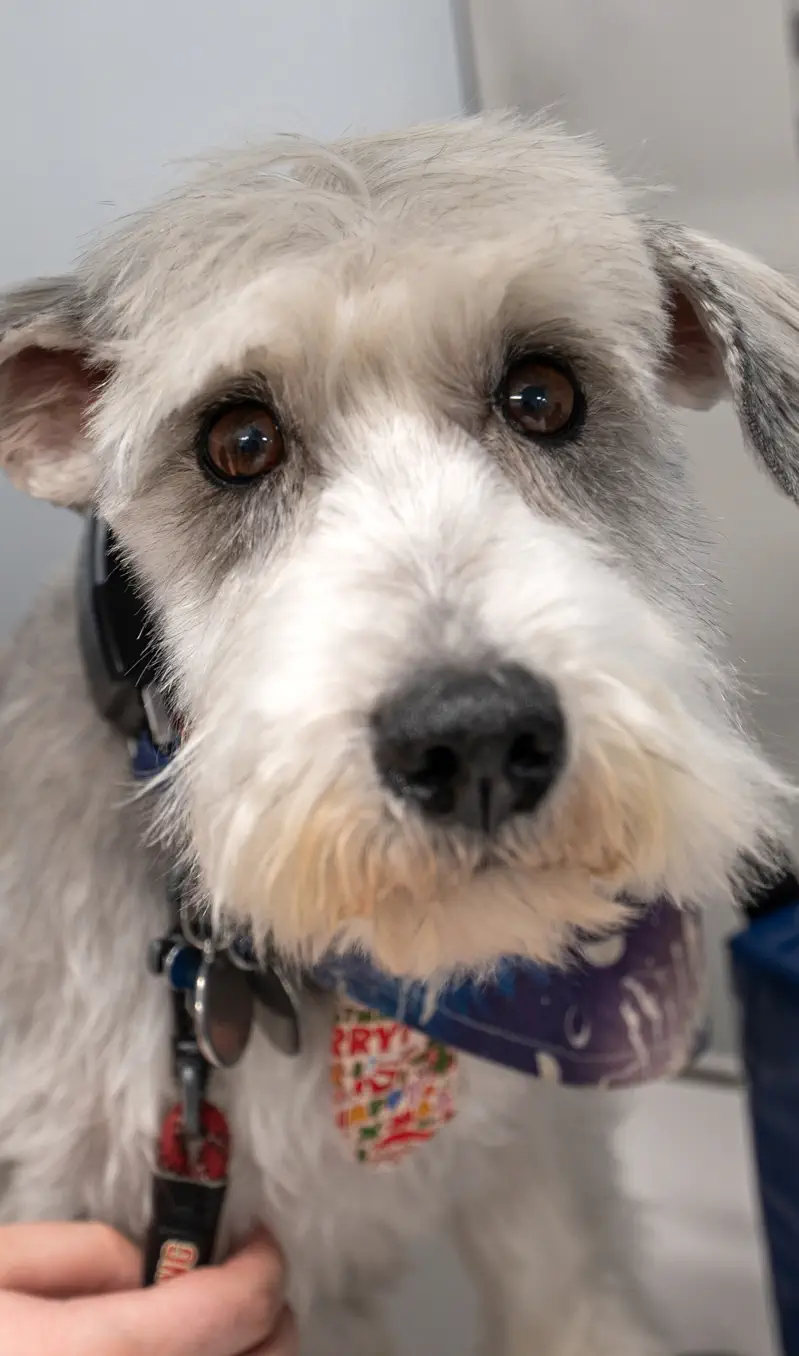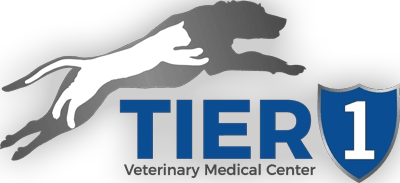Advanced Surgical Procedures with a Board-Certified Surgeon at Tier 1 Veterinary Medical Center
We are proud to offer a comprehensive range of advanced orthopedic, soft tissue, and neurosurgical procedures, providing pets in Alaska with expert surgical care close to home.

Expert Surgical Care You Can Trust
At our veterinary clinic, surgical procedures are performed by a board-certified surgeon with extensive training and expertise in veterinary surgery. We use advanced surgical techniques and state-of-the-art equipment to ensure precision, safety, and optimal outcomes for every patient. Equally important, we emphasize comprehensive pre-surgical evaluations and thorough post-operative care to support recovery, minimize complications, and promote long-term health.
